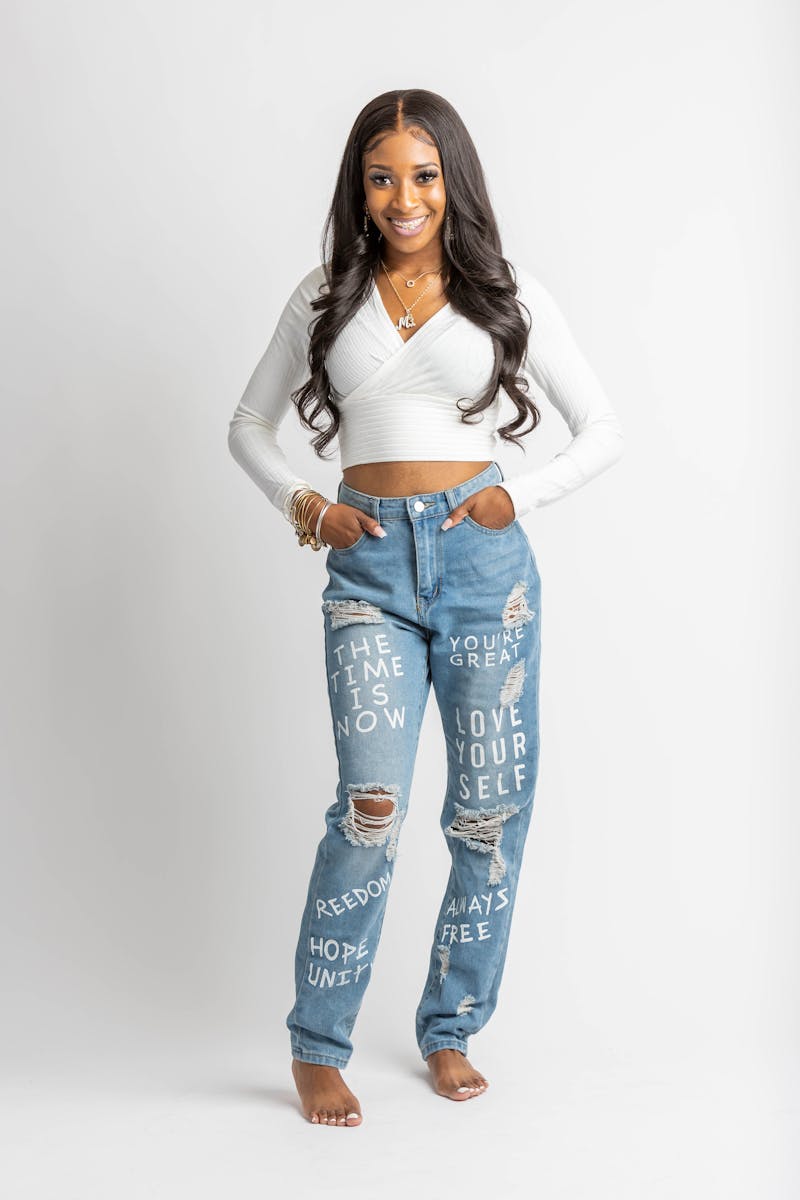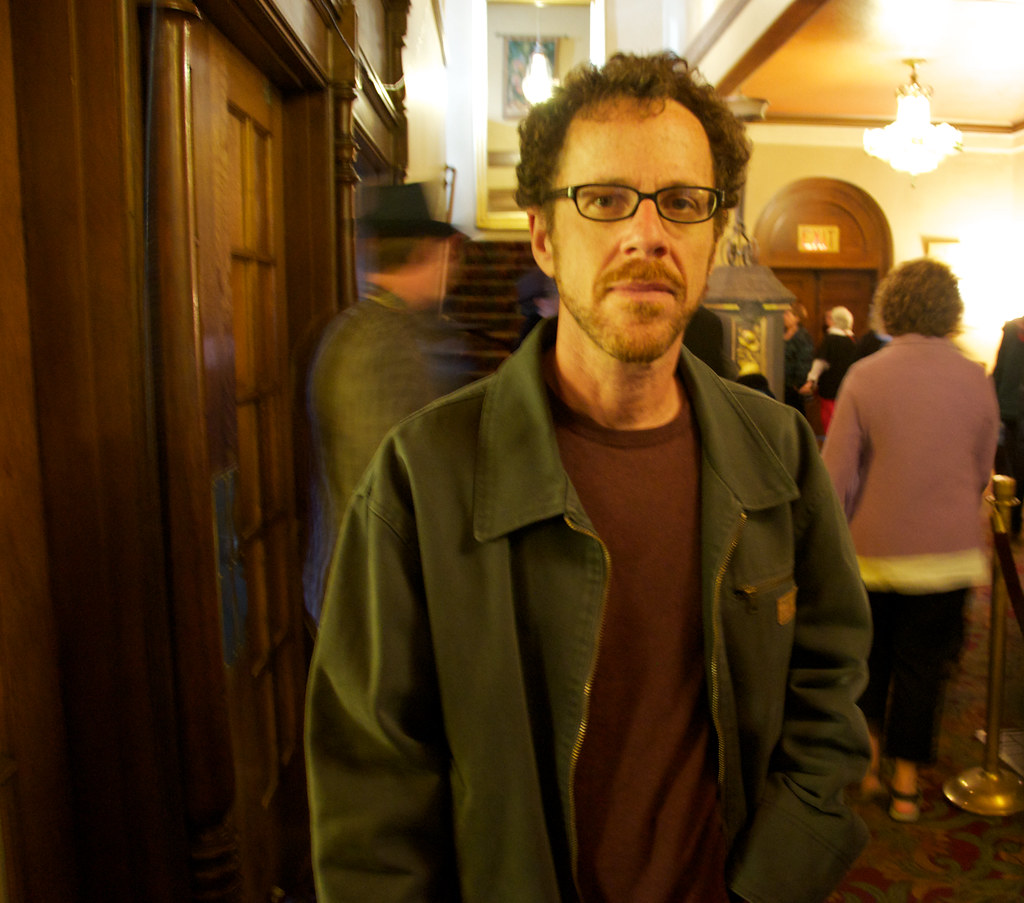
Reimagining Noir: Ethan Coen and Tricia Cooke’s Bold Return with Honey Don’t
Ethan Coen and Tricia Cooke reunite to challenge traditional noir conventions in their latest film, Honey Don’t!, set for release on August 22, 2025. This eagerly awaited second installment in their “lesbian B-movie trilogy” follows last year’s provocative road trip comedy Drive-Away Dolls. For those familiar with Drive-Away Dolls, Honey Don’t! offers a darker, moodier dive into neo-noir, infused with the distinctive queer perspective that defines the duo’s cinematic universe.
The origin of Honey Don’t! is rooted deeply in the unique creative and personal relationship between Coen and Cooke. Their partnership spans over three decades, marked by a platonic marriage and shared parenthood, with Cooke identifying as lesbian and Coen as straight. This extraordinary dynamic has evolved creatively, as Cooke moves beyond her longstanding editing role on iconic Coen Brothers films like The Big Lebowski and O Brother, Where Art Thou? to co-write this trilogy alongside Ethan. Their collaboration exemplifies a shared passion and a desire to bring fresh, boundary-pushing stories to the screen.

Queering the Noir Genre: Cooke’s Vision and Genre Subversion
Cooke’s influence is central to Honey Don’t!, especially in its unapologetic focus on lesbian protagonists within a genre historically lacking such representation. She described her mission as “to make lesbian protagonists visible within the noir genre.” Both Coen and Cooke, being fans of classic noir, saw it as a fitting genre for their project but recognized the absence of queer narratives in that space. This gap inspired them to creatively subvert genre norms.
The film plays with the classic butch-femme dynamic by reversing traditional gender roles. The quintessential hard-boiled detective is reimagined as the very feminine Honey O’Donahue, while the butch character MG Falcone assumes the femme fatale role. This inversion redefines power dynamics and relationship complexities, promising a fresh take on noir storytelling. Cooke emphasized that they wanted the film’s sexuality to be “sexy” and unashamed, making intimacy and desire integral elements, a direct counter to the typical male gaze of traditional noir.
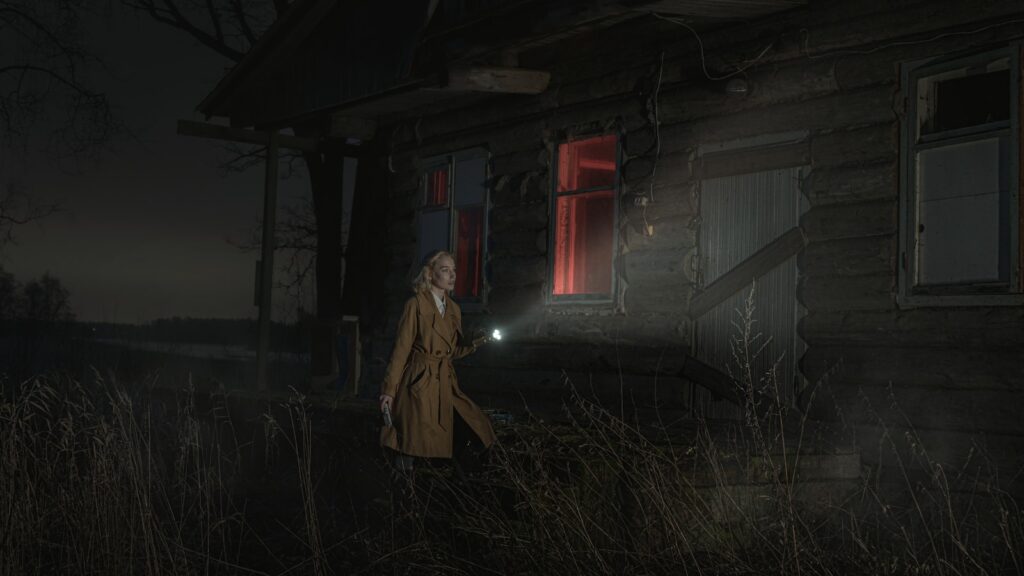
Characters and Setting: Bakersfield’s Sun-Drenched Noir
Honey Don’t! blends dark comedy with neo-noir detective elements, embodying a Coen-Cooke signature mix of dry humor and B-movie aesthetics while forging its own identity. The film opens with a mysterious sequence involving a leopard-print bombshell retrieving a ring from a crashed car, introducing the enigmatic Four-Way Temple cult and drawing Honey into a tangled investigation.
Margaret Qualley stars as Honey O’Donahue, a private investigator based in Bakersfield, California. Her portrayal highlights a compelling contradiction: Honey’s vintage pulp-inspired style—high heels and colorful dresses—balances with grounded small-town realism. Inspired by icons like Lauren Bacall and Katharine Hepburn, Honey uses her charm and fashion as strategic tools to disarm opponents and extract information, turning perceived vulnerabilities into strengths.
Chris Evans plays Reverend Drew Devlin, a narcissistic cult leader whose hedonistic excesses add a darkly comedic edge. Aubrey Plaza embodies MG Falcone, the butch police officer and Honey’s romantic interest. Plaza’s role was tailored to her unique presence, creating palpable chemistry described by Cooke as “a classic femme-butch attraction.” Their intimate scenes, inspired by Basic Instinct, emphasize authentic, “down-to-Earth” sexuality that feels both steamy and natural.
Supporting cast members include Charlie Day as Marty Metakawich, Honey’s somewhat clueless police contact; Gabby Beans as Spider, Honey’s loyal assistant; and Talia Ryder as Corinne, Honey’s niece grappling with personal challenges. Together, this eclectic ensemble populates a vivid, offbeat Bakersfield.
The choice of Bakersfield as a sun-drenched, dusty backdrop departs from the usual rain-soaked urban settings of noir. Coen and Cooke drew from Cooke’s Southern California upbringing to create a landscape that carries “a bit of a bleakness” through its arid aesthetic, underscoring the film’s mood of small-town desperation. Though principal photography took place in Albuquerque, New Mexico, the filmmakers carefully edited out Albuquerque’s distinctive mountains to preserve Bakersfield’s unique atmosphere.
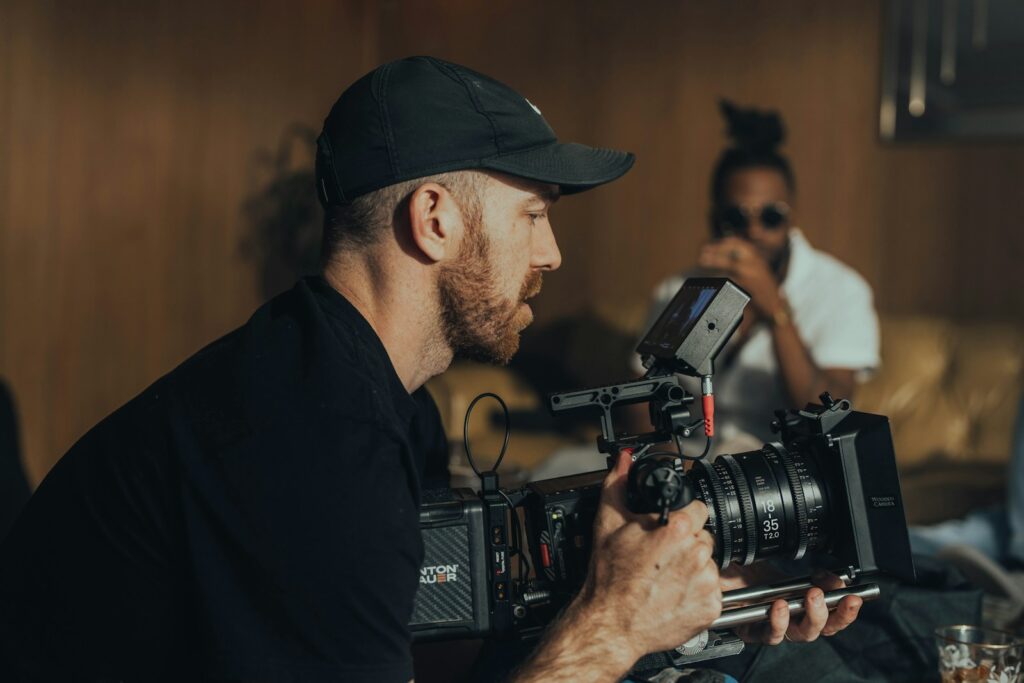
Visual Style and Tone: Grounded Yet Stylish
Cinematographer Ari Wegner’s work establishes a parched, expansive setting that enhances the film’s sense of isolation and ennui. The opening credits subtly embed the filmmakers’ names in Bakersfield signage, inspired by John Huston’s Fat City, showcasing the filmmakers’ attention to detail. The overall ambiance avoids glamor or polish, instead steeping the film in “small-town desperation” where characters feel weary but not desperate to escape.
Coen and Cooke’s script deliberately limits overly stylized hard-boiled dialogue, favoring realistic conversations with a sharp edge. This approach allows performances, from Evans’s sleazeball cult leader to Day’s endearing comic relief, to shine naturally. This tonal choice creates a subtle blend of humor and menace, delivering a quiet but persistent hipness rather than broad comedy.
Margaret Qualley’s portrayal of Honey is central to the film’s appeal. Her performance is a standout, showcasing her versatility and grounding the story’s unconventional narrative with charisma and depth. Honey’s investigation navigates a complex web of religious cult intrigue, personal relationships, and small-town dynamics, expanding the noir framework with a character-driven, “shaggy” narrative.
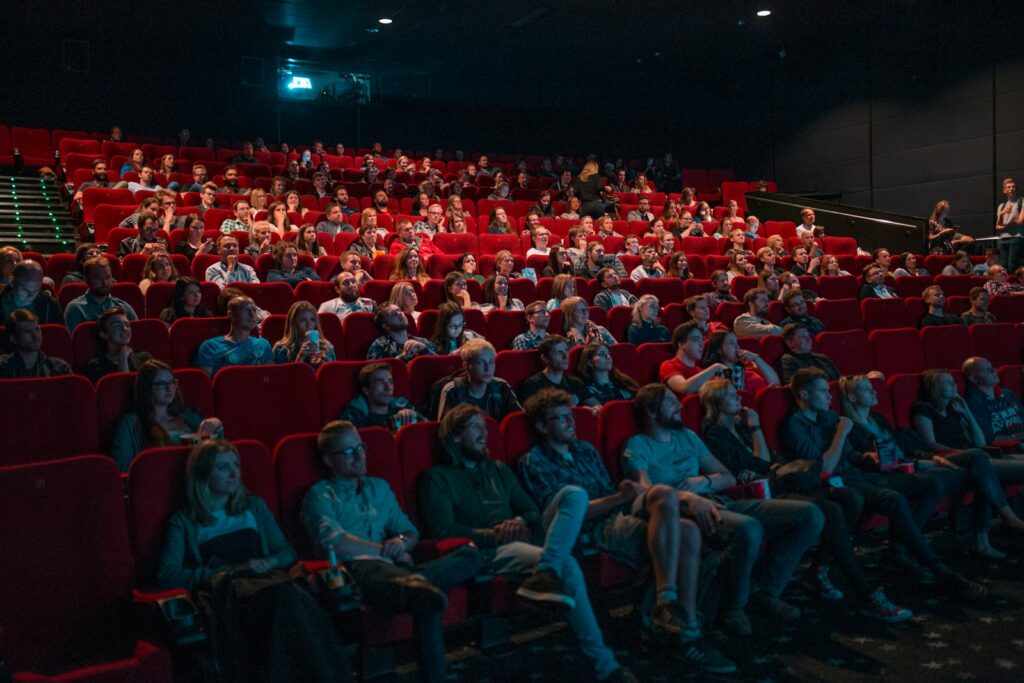
Critical Reception and Artistic Impact
Honey Don’t! debuted at the Midnight Screenings of the 78th Cannes Film Festival to a six-and-a-half-minute standing ovation, signaling strong initial enthusiasm. Subsequent reviews have been mixed, reflecting the film’s genre-defying nature. On Rotten Tomatoes, it holds a 42% approval rating from 24 critics, while Metacritic scores it 46 out of 100, indicating “mixed or average” responses.
The Hollywood Reporter praised the performances and world-building but felt the film was “a series of gags with nowhere to go.” IndieWire described it as “a mishmash of disparate parts,” expressing disappointment given the talent involved. The Wrap viewed it as “empty at its core,” preferring Drive-Away Dolls as a more engaging experience.
Conversely, Collider highlighted Qualley’s “gem” of a performance and appreciated the film’s “Wild, Wild West vibe” and slapstick humor, recommending it to noir enthusiasts. Variety called the film a “deliberate throwaway” designed to offer a “flaky good time,” while Vulture admired the sexual swagger and performances despite noting room for improvement.
The film’s humor, often subtle rather than overtly laugh-out-loud, may reflect Coen and Cooke’s choice to tone down stylized dialogue in favor of a more grounded script. This balance places Honey Don’t! somewhere between the bleakness of No Country for Old Men and the cartoonishness of Burn After Reading, creating a quietly compelling atmosphere akin to modern noir classics like The Long Goodbye and The Last Seduction. This nuanced tone defies easy categorization, marking the film as a personalized, idiosyncratic contribution to contemporary cinema.

Looking Ahead: The Final Chapter of the Trilogy
Honey Don’t! serves as the pivotal middle entry in Coen and Cooke’s “lesbian B-movie trilogy.” Anticipation is building for the final installment, Go Beavers, currently in early scripting stages. Originally conceived as a darkly humorous thriller about a crew team reunion turning deadly, the project is now evolving. Cooke expressed a desire to steer away from horror influences—despite the initial premise—and toward a tone inspired by the 1971 Australian outback film Walkabout. She described Walkabout as “psychedelic” and thought-provoking, signaling a more introspective, layered direction for the trilogy’s conclusion.
This trilogy represents a bold statement in mainstream cinema, pushing queer representation within genre films and showcasing Coen and Cooke’s evolving collaborative vision. It reflects two decades of writing by the duo and highlights Cooke’s expanding creative role, distinguishing their work from the Coen Brothers’ legacy and carving out a new queer noir universe.
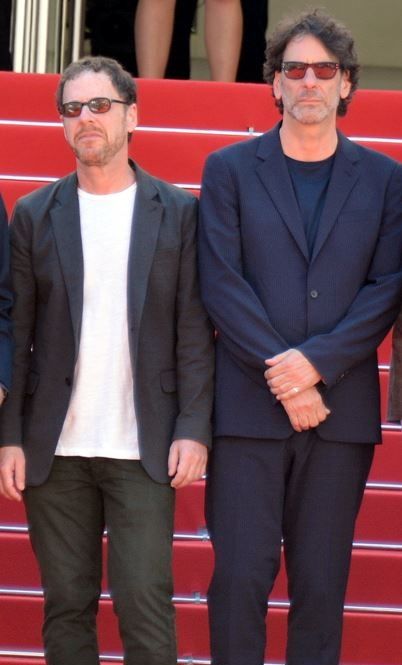
A Distinctive Voice in Contemporary Cinema
The partnership of Ethan Coen and Tricia Cooke marks a maverick turn in independent filmmaking. Honey Don’t! exemplifies their willingness to embrace B-movie tropes with a rambunctious energy and deeply personal vision. It moves confidently beyond their prior work, prioritizing originality over crowd-pleasing conventions.
The film’s gritty, sexy, and idiosyncratic noir sensibility offers a lingering impression, akin to “the smell of stale cigarette smoke forever trapped in the walls of a rundown bar.” While divisive, it carves a distinctive path in the cinematic landscape and sets the stage for the trilogy’s psychedelic and introspective finale. Ethan Coen and Tricia Cooke have established themselves as architects of a groundbreaking queer noir universe that challenges genre expectations and celebrates authentic representation.


